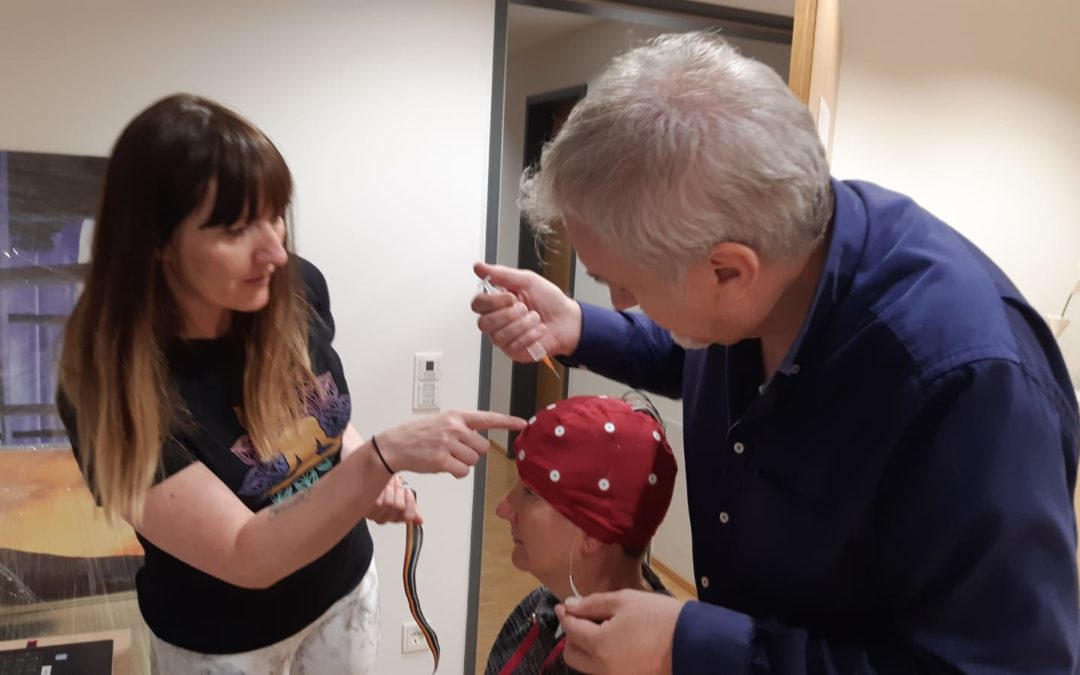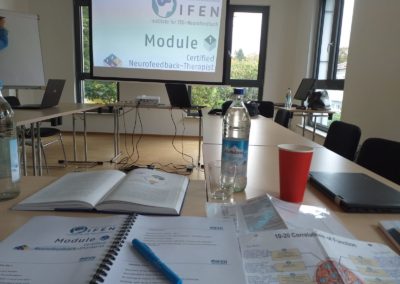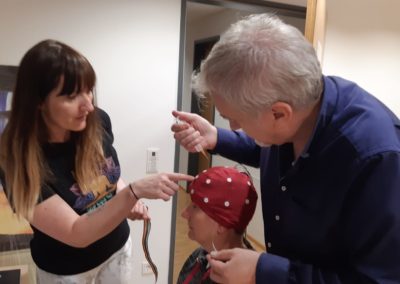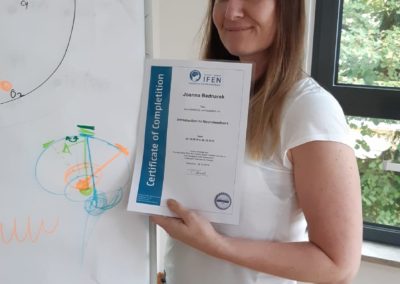The CogMission team recently had the wonderful opportunity of training in Germany on the latest neurofeedback treatment principles. We were hosted by the IFEN institute in Munich which created a bespoke training for us to meet our specific patient needs.
We have come away from the training with a great deal more knowledge on how to treat cognitive decline using brain wave augmentation. When we recently met Dale Bredesen in London, he was very optimistic about the gains being made by neurofeedback as well as photomodulation therapy. The combination appears to have a very positive effect on improving cognitive performance.
We learned about research that has been done on the photomodulation and the results are exciting. This is particularly so for our patients who are not able to access neurofeedback on a regular basis. There are now home-based units which are similar to the trials used at Harvard University and the results so far appear to be really positive. I would encourage anyone with cognitive decline to look at the Vielight Gamma system which is the system used in the study. (https://vielight.com/references/).
So, to get back to brain wave modulation. Our brain wave patterns in some cases do begin to alter as we age, so for some people they can be less sharp and slower in processing information. Although, in many cases there is no decline in cognitive health with age. For many of our patients, this decline is happening quickly. Although neurofeedback cannot completely reverse the process, it can halt any further decline. Couple that with treating the underlying causes of decline and getting the metabolic system working well and it is a recipe for success.

A brain map tells us exactly where the problem areas and in which brain wave frequency the issue is found. We then look at the patterns of waves generated by the brain (much like an ECG) to give us information about how well the brain is processing.
Neurofeedback training does not alter your brainwaves directly but gives the brain a reward each time healthy brainwaves appear. This encourages the brain to learn healthier ways of processing information. Our brains share knowledge over enormous networks in the brain, like a supercomputer. Neurofeedback can help ensure that those networks function optimally, freeing up memory space and increasing processing time.
Neurofeedback has decades of research under the belt. Over 1000 studies have been published with validated results. Ever since the 1970’s research has been verified in human studies and the evidence is very solid. Please visit the research pages to find out more:
https://www.clearmindconnections.com/research-add/





